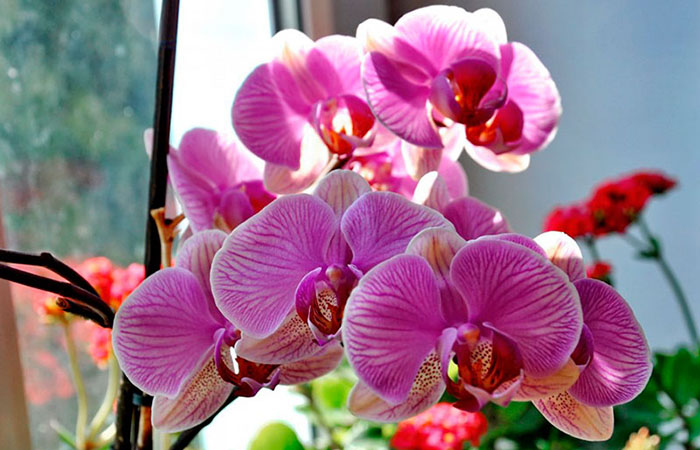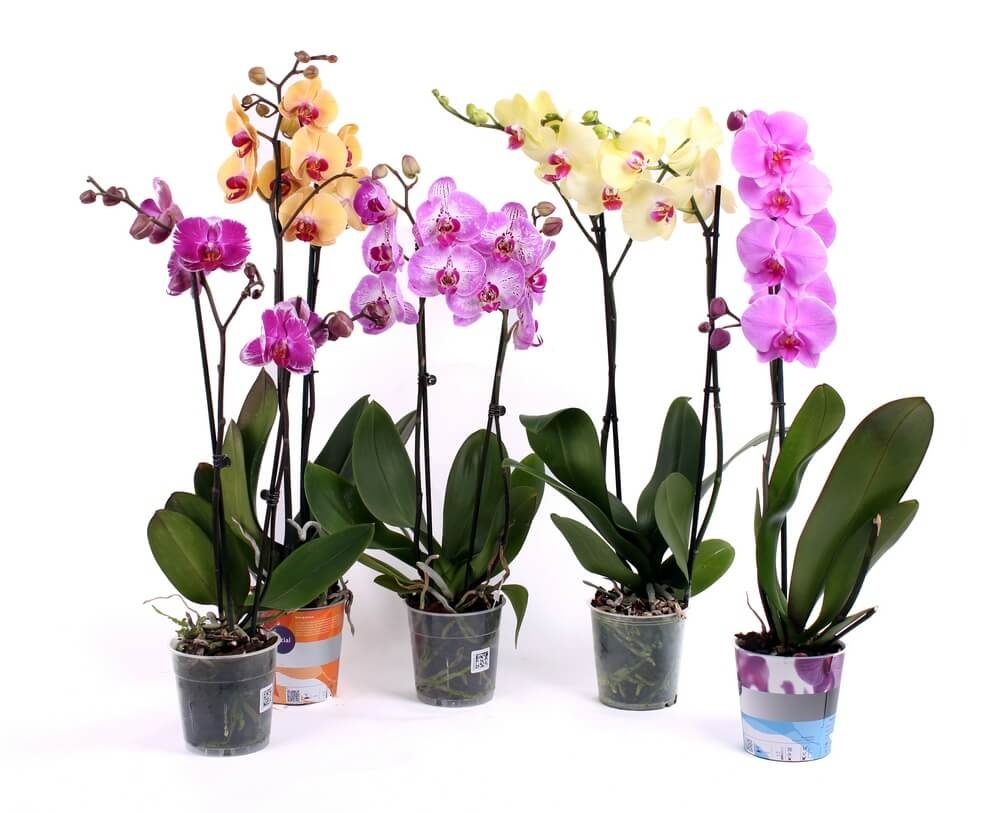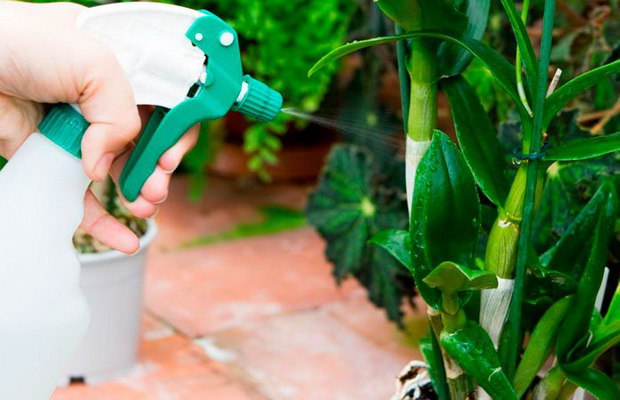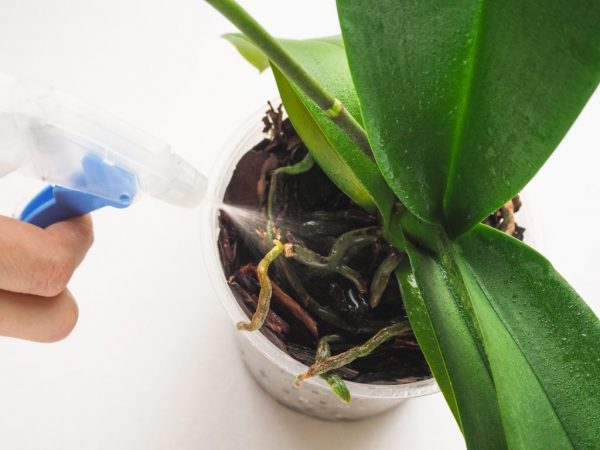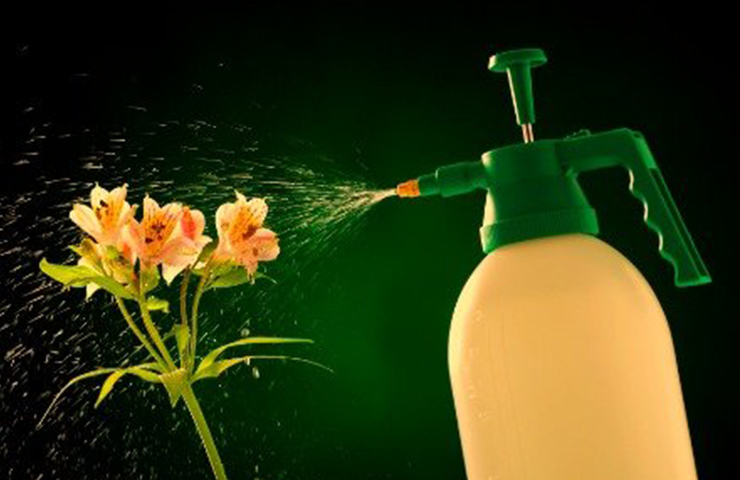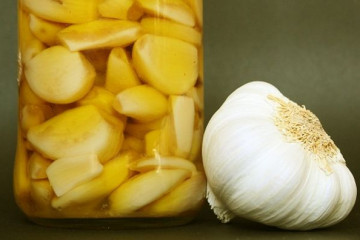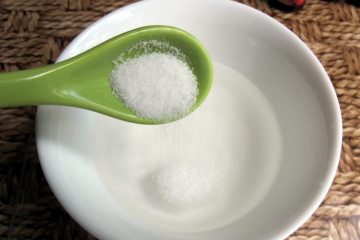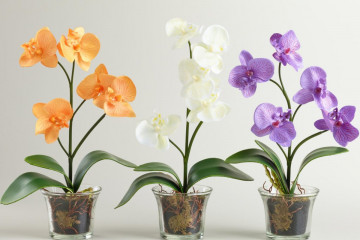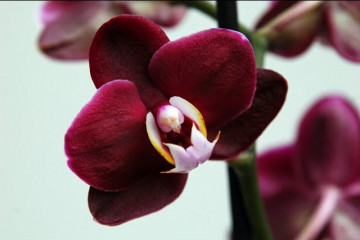Fertilizer for orchids: examples of feeding at home
Content:
There are many types of orchids that make a strong impression with their beauty and sophistication (for example, Phalaenopsis). It can be grown at home with careful attention to the rules of care. One of the most important issues in the maintenance of this flower is the correct fertilizer for orchids and feeding methods.
Fertilizing flowers
When feeding, it must be borne in mind that if it is too concentrated, then this can lead to root burns. It is not recommended to use stick or pill form of orchid fertilizer, which creates an uneven fertilizer concentration in the ground. Therefore, the following methods are applied.
Foliar nutrition
Such feeding is carried out using a sprayer. When carrying out it, the following rules must be observed:
- Before spraying, you need to dissolve the fertilizer in water.
- It is necessary to use a spray gun that does not form a jet, but sprays in small drops.
- Before feeding, it is necessary to shake the prepared composition.
- It is necessary to evenly process the leaves from the top and bottom sides. Aerial roots are sprayed only lightly.
- It is recommended to perform the procedure in the evening or morning hours.
- Not all parts of the plant can be sprayed. It is forbidden to do this in relation to flowers, growth points and shoot roots.
- After processing, flowers should not be immediately placed in direct sunlight. Otherwise, wet leaves can get burned.
It is permissible to apply fertilizers in this way at a temperature of 18-26 degrees. The water should be slightly warmer than the air. It is recommended to stand it before spraying.
Root dressing
You need to do the following:
- Dilute orchid feed in water at the concentration specified in the instructions.
- The resulting composition is poured into a low and wide dish.
- The pot with the orchid is placed there for 20-25 minutes.
- A little dressing is sprayed on the surface of the soil.
- After finishing the treatment, the pot is placed on a dry tray, allowing the water to drain.
For feeding, use only settled, soft water, which is slightly warmer than the air. It is impossible to put a flower in direct sunlight immediately after it ends.
Fertilizer recipes at home
Top dressing for this flower can be done at home on your own. Below are some of the most popular recipes for feeding your orchid.
Eggshell
Crushed eggshells contain calcium carbonate, magnesium, silicon, potassium, phosphorus and other useful substances. To prepare such a feed for orchids, a glass jar is filled with shells and poured with boiling water, letting it brew for a week.
Coffee grounds
This is another option for how you can feed your orchid. Coffee grounds are a nutrient that is good for orchids.
It contains potassium, magnesium, calcium and nitrogen. The thick is useful for enhancing the growth of the orchid. When adding it, it must be mixed with the top layer of soil. It should be borne in mind that this substance contains a little acid, thereby affecting the composition of the soil.
Nettle fertilizers
In this folk remedy, such recipes can be used.
Chopped nettle must be poured with boiling water and insisted for an hour. After that, you can water the orchid with infusion. However, before that, first pour it with water.
For the second recipe for how to fertilize an orchid, the nettles are cut and put into a barrel, then poured over with cold water. It is recommended to add a little valerian to remove the odor that occurs during fermentation. The composition is infused for a week. Then nettles are removed from the infusion.
Yeast
They contain phytohormones, vitamins and auxins. To prepare such fertilizer for orchids at home, you need to do the following. In one liter of water, 10 grams of yeast and three tablespoons of sugar are diluted. After thorough mixing, leave to infuse for 2-3 hours.
Aspirin
If you dilute an aspirin tablet in a liter of water, then this composition can be sprayed with an orchid in order to increase its vitality and improve immunity.
Hydrogen peroxide
Exposure to hydrogen peroxide can help with orchid growing in the following ways:
- In the treatment of fungal diseases.
- For disinfection of leaves.
- As an agent designed to stimulate orchid growth and flowering.
Can be used to treat root cuts or damage to stems and leaves. It allows you to reliably disinfect the damaged area.
Purchased fertilizer options
Various types of specialized flower fertilizers for orchids are available. The following is a discussion of the most popular of them.
Agricola
There are several varieties of Agricola for orchids. They differ in the ratio of the content of potash, phosphorus and nitrogen fertilizers. Depending on the stage of flowering, the desired composition for feeding is selected. To prepare a nutrient solution, you need to take 5 milliliters of concentrate and dissolve them in a liter of water. If foliar feeding is performed, then this amount of the product is stirred in two liters of water.
With this tool, you can fertilize not only adult plants, but also children planted separately.
Japanese fertilizers
They are available in several variations that correspond to different colors. For feeding orchids, blue and pink are used.
The first of them contains potassium carbonates, phosphates, magnesium, various bioactive enzymes, vitamins B and C. The balanced composition ensures active growth of the orchid, improved immunity and full development of the root system.
Compo
This specialized fertilizer for orchids is produced by the German company Compo. The tool is presented in several forms:
- In liquid form in a package with a capacity of 500 ml.
- In the form of a set of hermetically sealed 30 ml ampoules.
- In the form of solid sticks-stacks.
In the latter case, they are inserted vertically into the ground at the edge of the pot.
This is done so that parts of the orchid cannot come into contact with the concentrated fertilizer.
Time of feeding
An important feature of the orchid is that the composition of the top dressing depends on the phase of flower development.Next, we will talk about how to properly fertilize a flower at different periods of its life.
Active growth phase
During the period when the plant is actively growing, it must be fertilized twice a month. This will allow the flower to accumulate the right amount of nutrients for development. In this case, the use of nitrogen fertilizers is of particular importance, allowing the orchid to accumulate vegetative mass. However, it must be borne in mind that this dressing inhibits the development of flowers.
When the plant begins to form buds (this happens two months before flowering), it begins to increasingly need potash and phosphorus fertilizers. Such feeding helps to improve carbohydrate and protein metabolism, helps the plant to breathe, makes flowering more lush.
Flowering and dormant periods
During this period, you can use complex fertilizers Bona Forte, Effect, Flora or Effect. One of the features of their use is an increase in the flowering period. At the same time, it can reach its duration of six months.
At this time, it is necessary to feed the plant with useful substances and minerals once every two weeks. Then it is forbidden to apply root dressing. If this rule is not followed, then the plant may not begin to bloom.
When the flowering ends and the last flower withers, the orchid begins a dormant period. At this time, she is weakened and needs support. In the first week, you need to supply the flower with all the necessary substances and trace elements necessary for it to recover and gain strength.
In winter, nitrogen and phosphorus feeding is especially important for the orchid. To do this, you can use fertilizers Lux, Rosop or Mister Tsvet. During the dormant period, you need to fertilize the plant monthly.
How to properly feed an orchid
When a flower is brought from a store, it must adapt to the new conditions of life. It is not recommended to fertilize the ground at first, as the orchid will experience stress from this. If this rule is violated, the result can be wilting, in some cases - the death of the plant.
It is often possible to buy a plant at a retail outlet during flowering. If you wait until it ends and only then carry out top dressing, then it will be more useful to the orchid.
In some cases, repeated flowering is possible, which will occur almost immediately after the previous one. In this case, you should not wait for it to finish, you should fertilize the plant three or four months after the orchid was purchased.
There are general rules for caring for orchids. Here are the most important ones:
- Fertilize the orchid only using liquid fertilizers. Solid - cannot be used due to the fact that a high concentration can cause a burn in the plant.
- It is not allowed to feed a plant that is weakened as a result of an illness or an attack of insect pests.
- The composition of the fertilizers used must be adjusted depending on the stage of development of the flower.
A properly made orchid feeding will allow you to grow a healthy and beautifully flowering plant.
